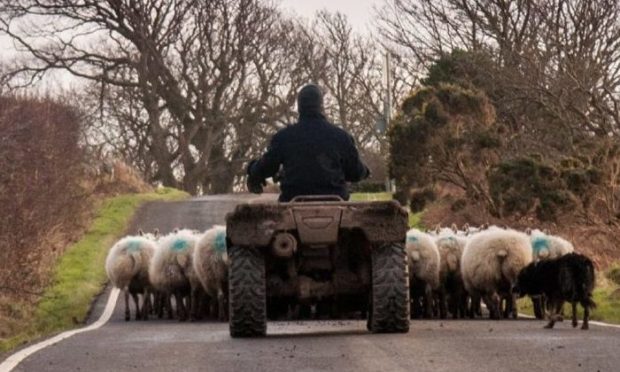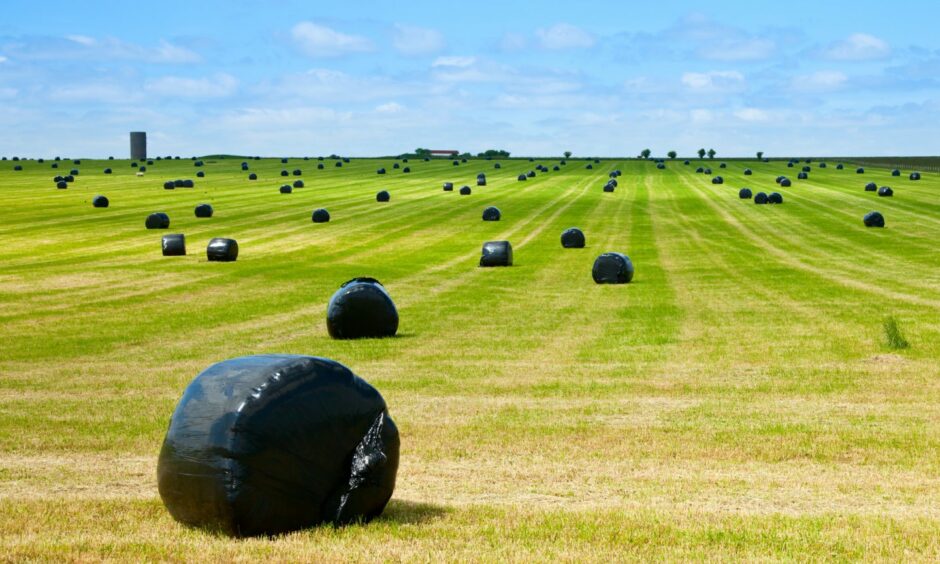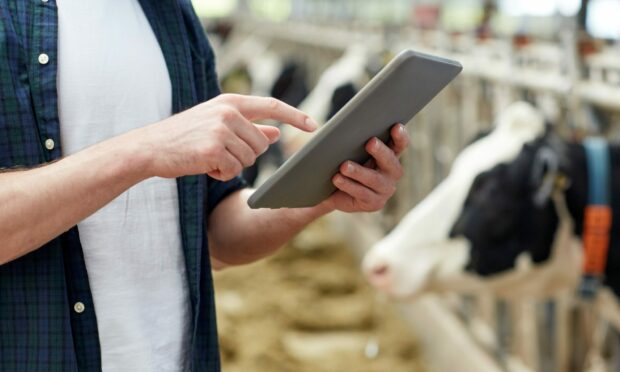Like me, some of you will have signed up for the digital version of the Oxford Farming Conference which took place at the beginning of January.
This annual conference is a significant event in the farming calendar and always attracts a good range of speakers with interesting perspectives on the industry.
There was no doubting what the theme of this year’s event would be: farming has been thought to be at a crossroads at various times in the past, but there is no question that this year will be pivotal in determining the nature of farming in the future, and the nature of our countryside.
Post-Brexit, the UK Government and the devolved administrations have control of agricultural support policy at a time when competing demands on our land have never been greater.
There is a demand for more sustainable food production, but without reducing productivity and increasing our dependence on imports.
Land use change to deliver enhanced carbon sequestration is needed, but is already bringing conflict between farming and forestry interests over land use, and the pressure to restore some of our lost or damaged habitats and species is also difficult to ignore.
The challenge of devising a support framework for farming that achieves a reasonable balance between these often-competing objectives is considerable.
Further development of the Scottish Government’s existing Land Use Strategy is suggested as one way of helping to develop a consensus, but devising a strategy which is more than advice – but less than command – is not an easy task.
For example, the consensus that exists over the ‘right tree in the right place’ mantra soon breaks down as soon as anyone attempts to say where the right place is.
Faced with these challenges, we can all recognise the Scottish Government has a complex task in developing a new support framework throughout the course of this year and in the lead up to a new Agriculture Bill.
Consultation is essential
Imaginative thought, and extensive consultation with the sector, will be needed to find a way forward that meets all public policy objectives while maintaining a vibrant rural economy and sustainable rural communities.
Details are still to come but it does seem clear that the direction of travel is towards support payments being less area-based and more related to payment for the delivery of specific public policy objectives.
Given that the current area-based payment is a key contributor to the economic viability of many upland farms in Scotland, a change of this nature could have important consequences for some tenants and owner-occupiers.
Amongst all of that, we also have the emergence of a market for carbon and the prospect of land owners and managers being able to receive payments in the marketplace for actions which increase carbon sequestration, such as tree planting and peatland restoration.
This is a rapidly evolving market and it remains to be seen how it will develop, and whether Government sees a need to regulate it.
Valuable market
A recent report by the Green Alliance has estimated that, under certain scenarios, carbon sequestration could be worth up to £1.7 billion per year in the UK – and that on some types of land, payments for carbon and other natural capital outcomes will be greater than the income from farming the land for food production.
The Scottish Land Commission is currently undertaking a review of the rural land market to help understand the influence of carbon and natural capital in relation to land transactions.
There is still some way to go before the role of carbon markets becomes clear and it raises particular issues for tenants – where the length of the tenancy and uncertainty over where ownership of the carbon rights rests could limit the ability of tenant farmers to benefit from this new income source.
The Scottish Government is well aware of this and I will be working with Government officials to ensure that tenants are not disadvantaged.
I would encourage all farmers, be they tenants or owner-occupiers, to engage in the Scottish Government consultations, either individually or through their associations, to help Government find a consensus on how to balance the needs of food security, net zero emissions and greater biodiversity.
Once the details of the new support framework start to become available, farming businesses will need to take stock of their current business, assess the impact of the financial support available in the future – both from Government and from the marketplace, including new carbon related finance – and consider to what extent they will need to adjust their business model to adapt to the new circumstances and the new policy drivers.
It would be wise to begin such considerations sooner rather than later.
To keep up to date on this and other tenant farming news and my latest blog, visit landcommission.gov.scot, or for specific queries or assistance contact me at 01463 423 300 or tfc@landcommission.gov.scot.
- Bob McIntosh is Scotland’s Tenant Farming Commissioner.


